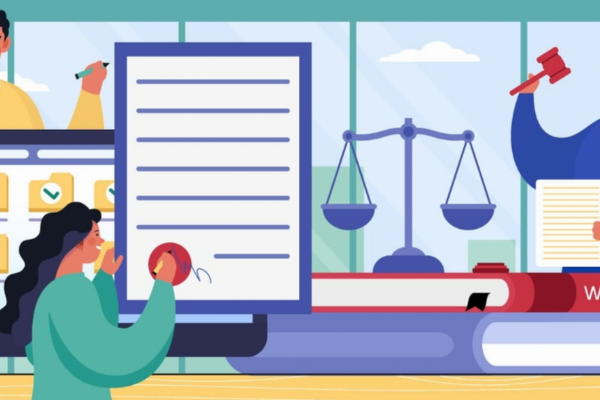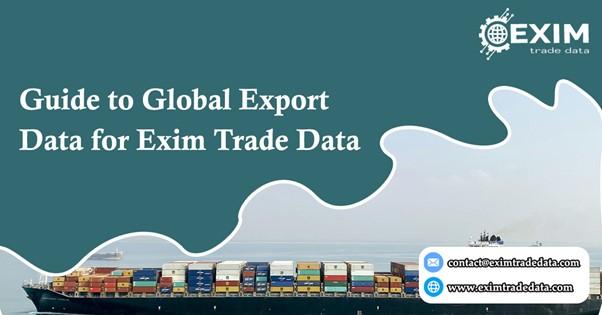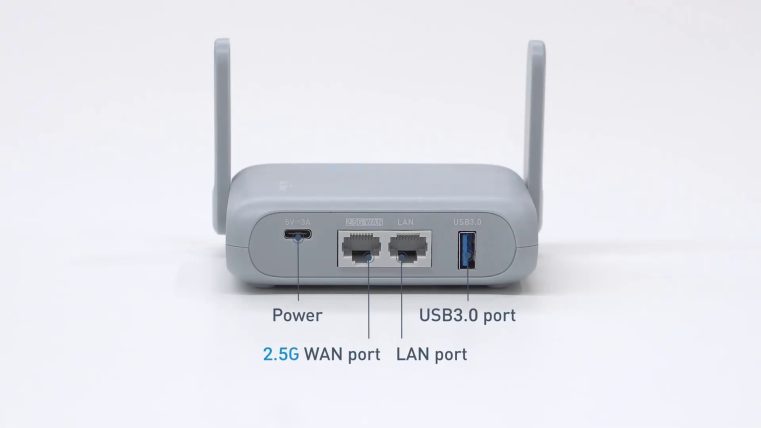Enterprise-Level Legal Document Management: What You Need to Know

In today’s fast-paced and compliance-driven corporate landscape, effective management of legal documents is not a luxury—it’s a necessity. For enterprises navigating complex regulatory environments, contract lifecycles, intellectual property portfolios, and litigation readiness, a robust legal document management system (LDMS) is mission-critical.
At Vital Corporate Solutions, we understand the unique demands of legal departments and compliance teams. This article explores the essentials of enterprise-level legal document management: what it is, why it matters, and what features and best practices your business should prioritize.
What Is Enterprise-Level Legal Document Management?
Legal Document Management refers to the systemized process of storing, organizing, securing, and retrieving legal documents within an enterprise. These documents may include contracts, compliance records, court filings, licenses, intellectual property documentation, and more.
An enterprise-level LDMS goes beyond basic document storage. It integrates workflow automation, version control, collaboration features, security protocols, and audit trails to support the intricate operations of large organizations and legal teams.
Why Legal Document Management Matters
Legal document management is essential for a variety of operational and strategic reasons:
1. Regulatory Compliance
Enterprises often operate under multiple regulatory frameworks—GDPR, HIPAA, SOX, and industry-specific standards. A comprehensive LDMS helps maintain compliance by securely storing records, tracking document versions, and ensuring timely updates or deletions.
2. Risk Management
Lost, misplaced, or improperly managed legal documents can lead to contractual disputes, missed deadlines, or compliance violations. A strong LDMS reduces such risks by maintaining a centralized, traceable, and secure document environment.
3. Operational Efficiency
Legal teams are under pressure to do more with less. Automating repetitive tasks like approvals, renewals, and document filing frees legal professionals to focus on high-value work such as negotiation, litigation, and strategic advising.
4. Audit and Litigation Readiness
When a regulatory audit or legal dispute arises, time is of the essence. A good LDMS enables instant access to necessary documents, metadata, and communication histories—ensuring your organization is always prepared.
Key Features of an Effective Legal Document Management System
When choosing or upgrading a legal document management solution, enterprises should look for the following core features:
1. Centralized Document Repository
All legal documents should be stored in a centralized, searchable digital repository accessible to authorized users across departments and jurisdictions. This ensures consistency and improves collaboration.
2. Advanced Search and Indexing
Legal professionals must be able to find what they need quickly. Optical character recognition (OCR), metadata tagging, and full-text search capabilities are must-haves.
3. Access Control and Security
Given the sensitivity of legal documents, robust role-based access control (RBAC), encryption, and multi-factor authentication (MFA) are essential. The system should also maintain a full audit trail of user actions.
4. Version Control and Document History
Every change to a document must be tracked. Version control features ensure teams are always working from the most current file, with the ability to reference or restore prior versions when needed.
5. Workflow Automation
From contract lifecycle management (CLM) to approval chains and e-signatures, automation improves efficiency and reduces errors. Look for integration with tools like DocuSign, Adobe Sign, and Microsoft 365.
6. Compliance Tools and Reporting
Built-in compliance features such as retention schedules, alerts for upcoming renewals, and real-time reporting dashboards are invaluable for staying on top of legal obligations.
7. Integration Capabilities
A scalable LDMS should integrate seamlessly with your enterprise resource planning (ERP), customer relationship management (CRM), email, and other legal tech tools.
Best Practices for Implementation
An enterprise-grade LDMS requires more than just good software—it requires careful planning, stakeholder buy-in, and thoughtful implementation. Here are some best practices:
1. Assess Your Needs
Start with a comprehensive audit of your current document management practices. Identify pain points, compliance gaps, and user requirements across departments.
2. Engage Stakeholders Early
Include legal, IT, compliance, and business units in the selection and design process. Their insights will ensure the system is tailored to real-world workflows and priorities.
3. Focus on User Experience
Adoption hinges on usability. Choose a platform with an intuitive interface and provide adequate training to ensure widespread and consistent use.
4. Establish Governance Policies
Define who owns which documents, what gets stored, how documents are tagged and retained, and who has access. Governance policies should be formalized and reviewed regularly.
5. Plan for Scalability
Your business will grow, and your LDMS should grow with it. Ensure the platform can handle increased volume, additional users, and new compliance mandates as needed.
The Vital Corporate Solutions Advantage
At Vital Corporate Solutions, we specialize in helping enterprises transform their legal operations through intelligent document management solutions. Our team offers:
· Custom implementation support tailored to your industry and legal landscape
· Compliance consulting to align your LDMS with regulatory standards
· System integration services with your existing tech ecosystem
· Ongoing training and support to drive adoption and efficiency
With deep expertise in corporate legal needs and enterprise technologies, we empower our clients to take control of their documents—and their risk.
Conclusion
Legal document management is no longer just about storage—it's about strategy, security, and efficiency. For enterprises facing regulatory complexity and high legal stakes, investing in a robust LDMS is a proactive move that pays long-term dividends.








